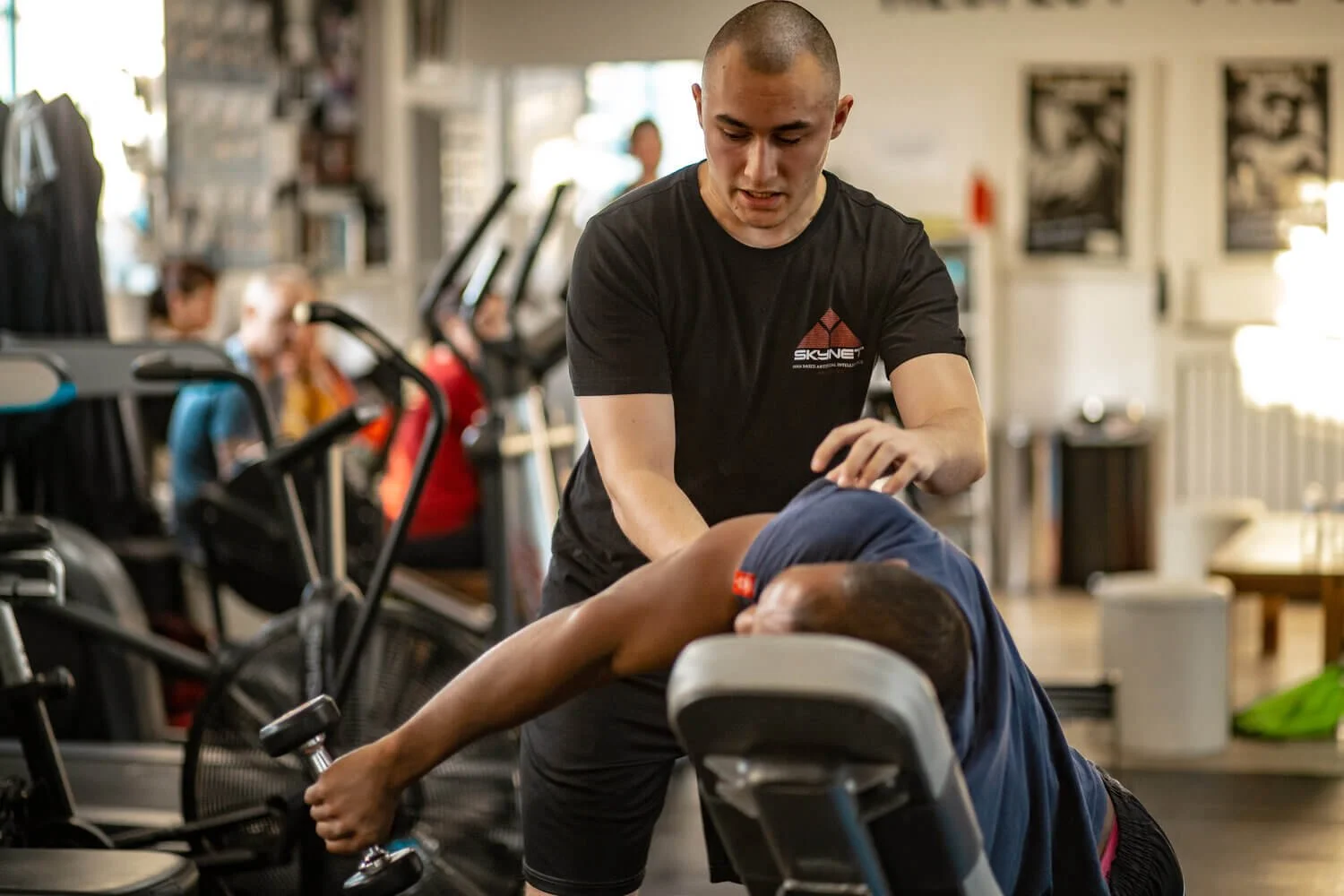top rated Sports Injury Treatments in London
If you’re looking for an effective therapy for sports injuries, our experienced and certified specialist has helped hundreds of clients return to the sports they love.
Assess, don’t guess!
In order to understand where you are currently at, we must first assess. The assessment allows us to gather information about how you are affected; we can measure the ranges of motion of a joint, muscle length, ability to tolerate loads and so on.
In essence, this will greatly facilitate the prognosis, as we must first know before we begin your sports injury treatment, which will effectively generate the changes we want. Essentially, the assessment process is the benchmark for guiding us in making informed decisions.
We can diagnose and treat musculoskeletal conditions and injuries, which usually involves treating and improving movement impairments, tissue quality, and pain.
top rated sports rehab specialist
Lawrence is an Injury Rehabilitation Therapist and mobility specialist.
- Sport Rehabilitation BSc (Hons) from St Mary’s University
- Certified FRCms and FRA in FR® & FRC® Systems
- Registered by The British Association of Sport Rehabilitators (BASRaT)
What people say about their Rolls & Rehab therapy for sports injuries
Rolls and rehab helped me get back to work and training after a knee injury I sustained while skiing. I've just recently got back from a skiing trip exactly 1 year after my injury and I had no problems whatsoever with my knee.
Thank you Lawrence!
get back to doing what you love
Once we’ve established where we are at currently, we can map out a plan to get you back to doing what you love.
The process will follow a plan of graded exposure to provide the rate at which we need to improve, whilst earning the right to progress as we constantly reassess to ensure we’re on the right track.
Throughout this process you’ll learn to understand what is going on, how to execute particular exercises to provide the most benefit, and assurance along the way.
What therapies do we focus on to provide the best results?
In short: mechanotherapy. This is simply the use of exercise therapy to stimulate tissue(s) which invokes a response that helps with the healing process.
Fundamentally, if you have sprained your ankle and you just rest it, the injured tissue(s) will be weaker than they were before the injury occurred as the body responds to the stimuli we apply to it.
Exercises that work on the injured tissue will aid the cells within said tissue to lay down better quality tissue (mechanotransduction). Our goal is to improve the tissues’ capacity to tolerate loads - the timeframe of this can vary from person to person depending on activity levels, hobbies/sports they participate in, adherence, etc.
The equation below can help to conceptualize this:
Load > Capacity = Injury
Load ≤ Capacity = Rehab
Capacity > Load = Prevention
What makes someone eligible for this kind of service?
Dealing with a recent injury or even a long-term issue are definitely grounds for seeking help in this department. This can cover many areas of the body including but not limited to:
neck pain,
shoulder pain and shoulder blade pain,
upper and lower back pain,
back pain,
arm pain, elbow pain, forearm pain,
wrist pain, hand pain,
hip pain, leg pain, knee pain, ankle pain, foot pain, and chronic pain.
Pain can be up and down, with it easing or being aggravated or even persistent in nature. Part of the process will involve bringing an awareness and understanding of the type and nature of pain you are dealing with and then how we would best work on that.
personalised approach to your injury rehab
Injuries can include but are not limited to issues stemming from previous injuries that have not been resolved, muscle sprains and tears, ligament and tendon tears and ruptures, dislocations, fractures and so on. The mechanisms of these injuries can vary also; it’s common to see injuries take place in sports settings that can involve contact and non-contact mechanisms, occurrences in everyday life like falling, accidents etc.
We always focus on the nuances of the person in front of us with a strong understanding in applying principles to provide a holistic approach and the needed results for everyone we have the pleasure of working with.
Locations
If you’re looking for a sports injury clinic near me in South West London, we’re currently operating in two locations: Richmond and Twickenham.




